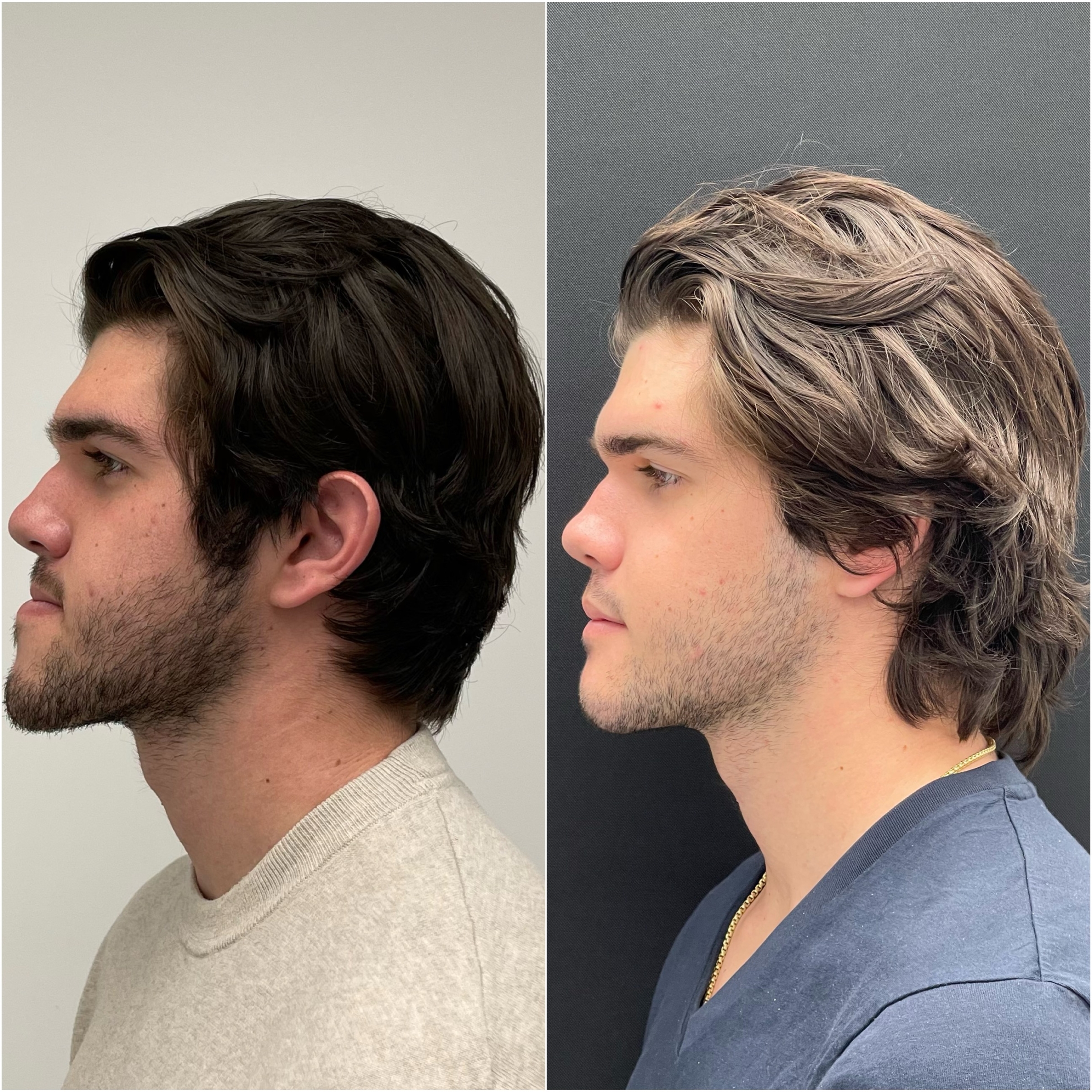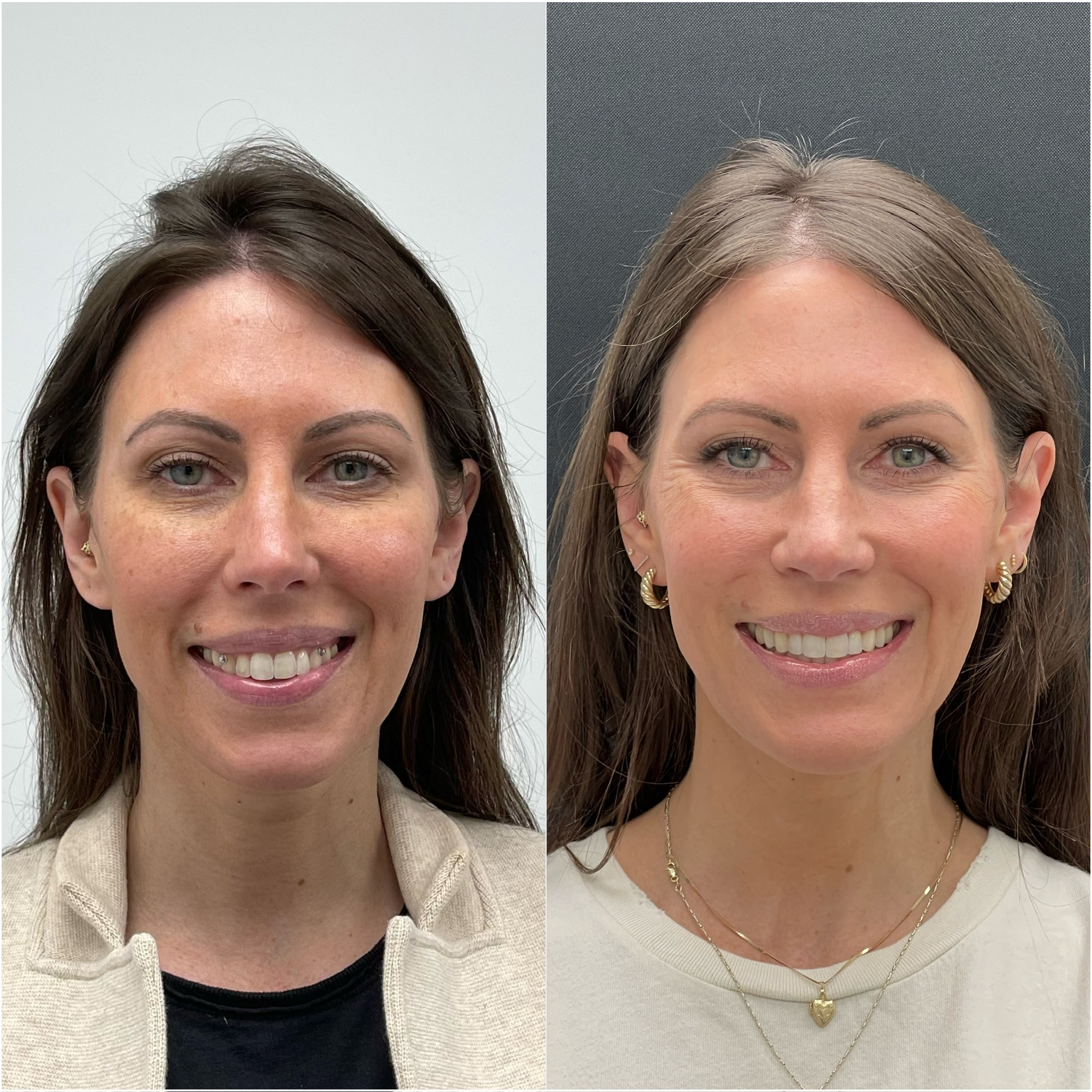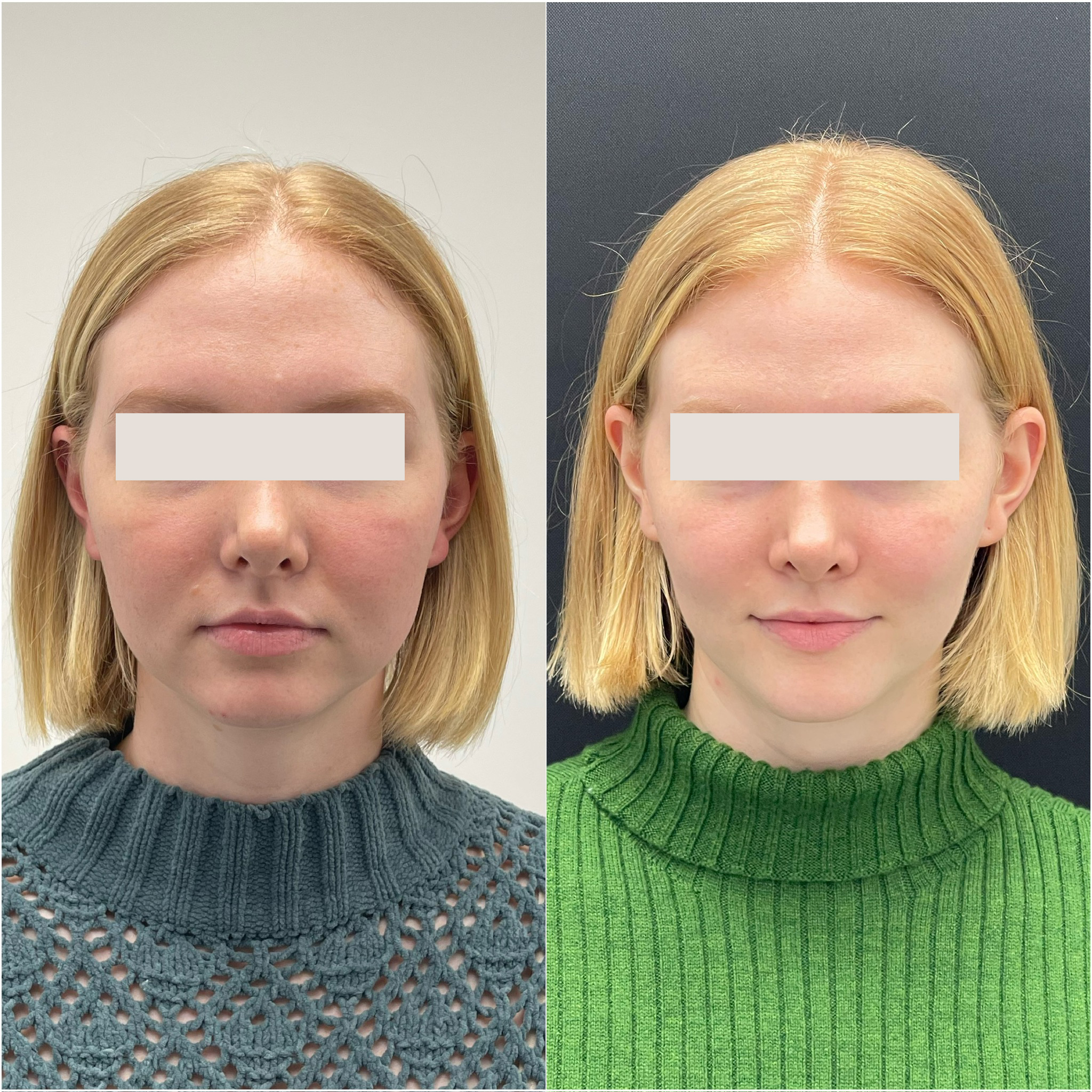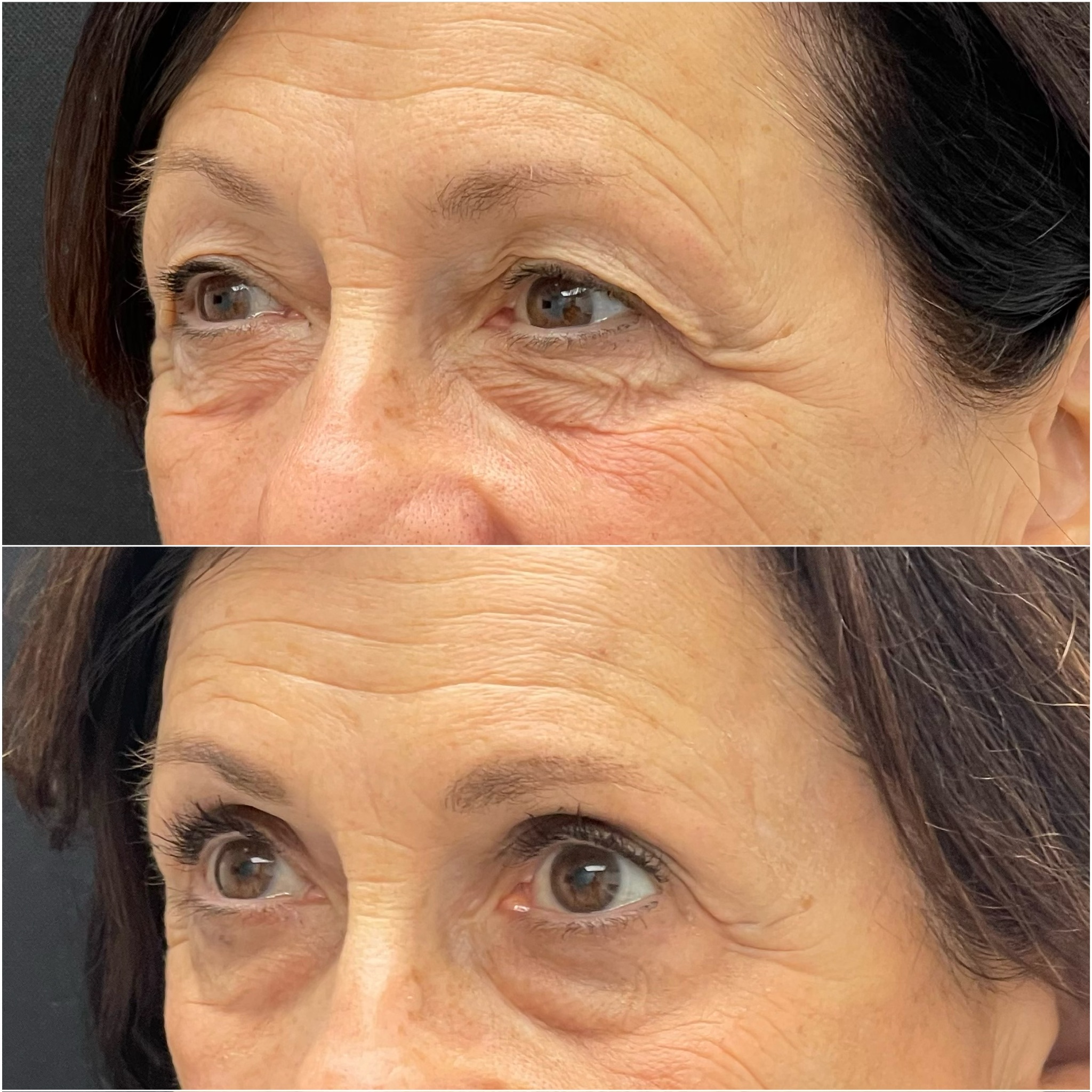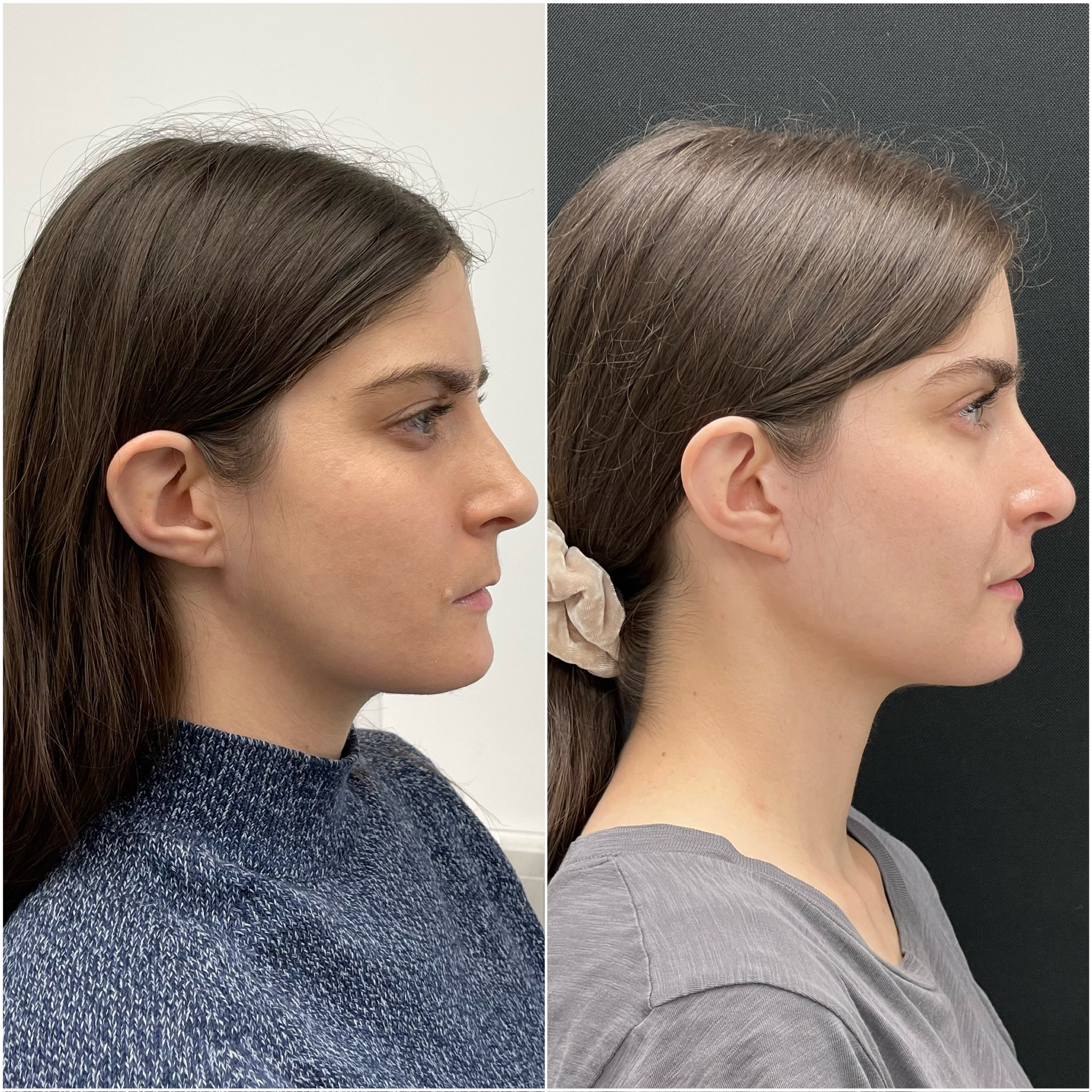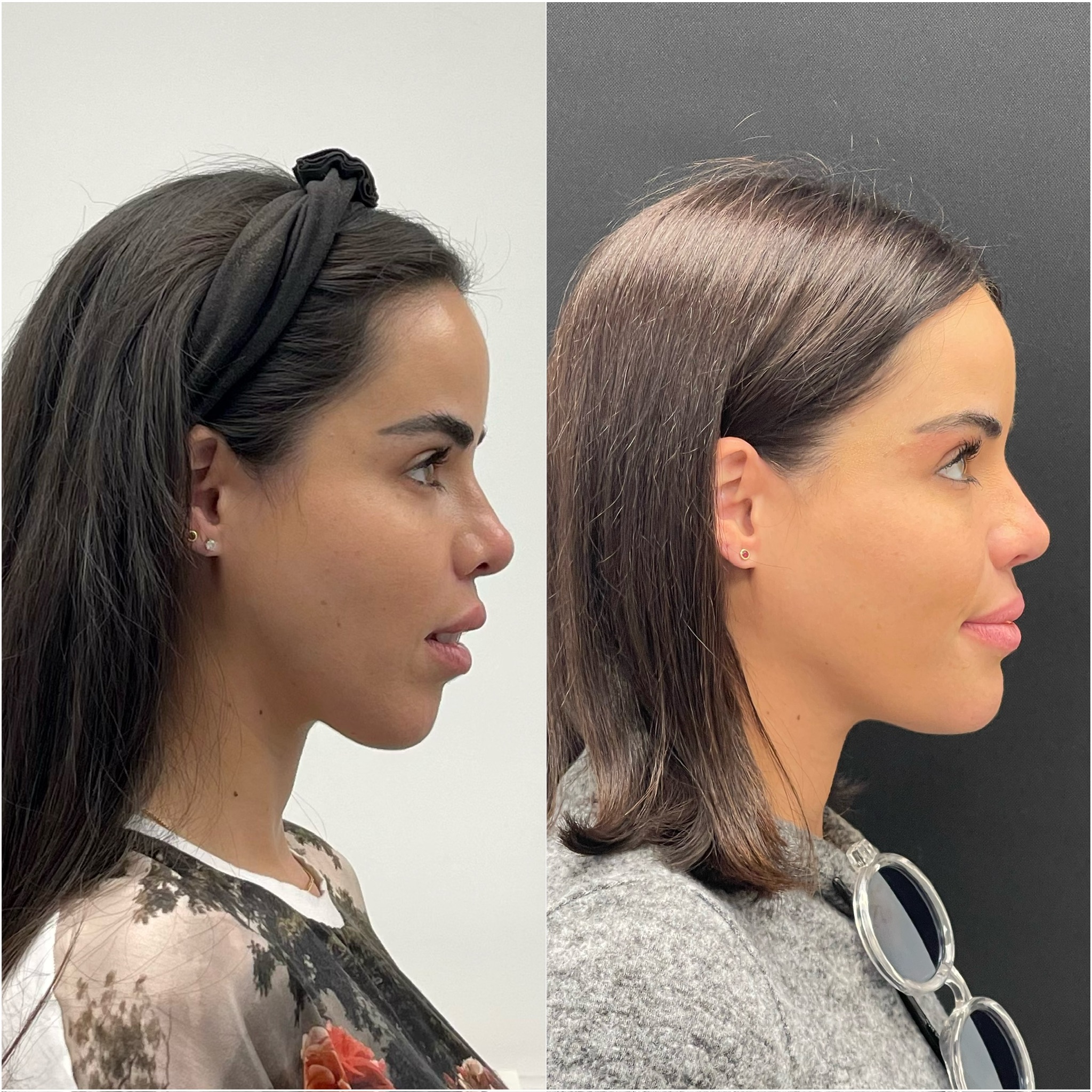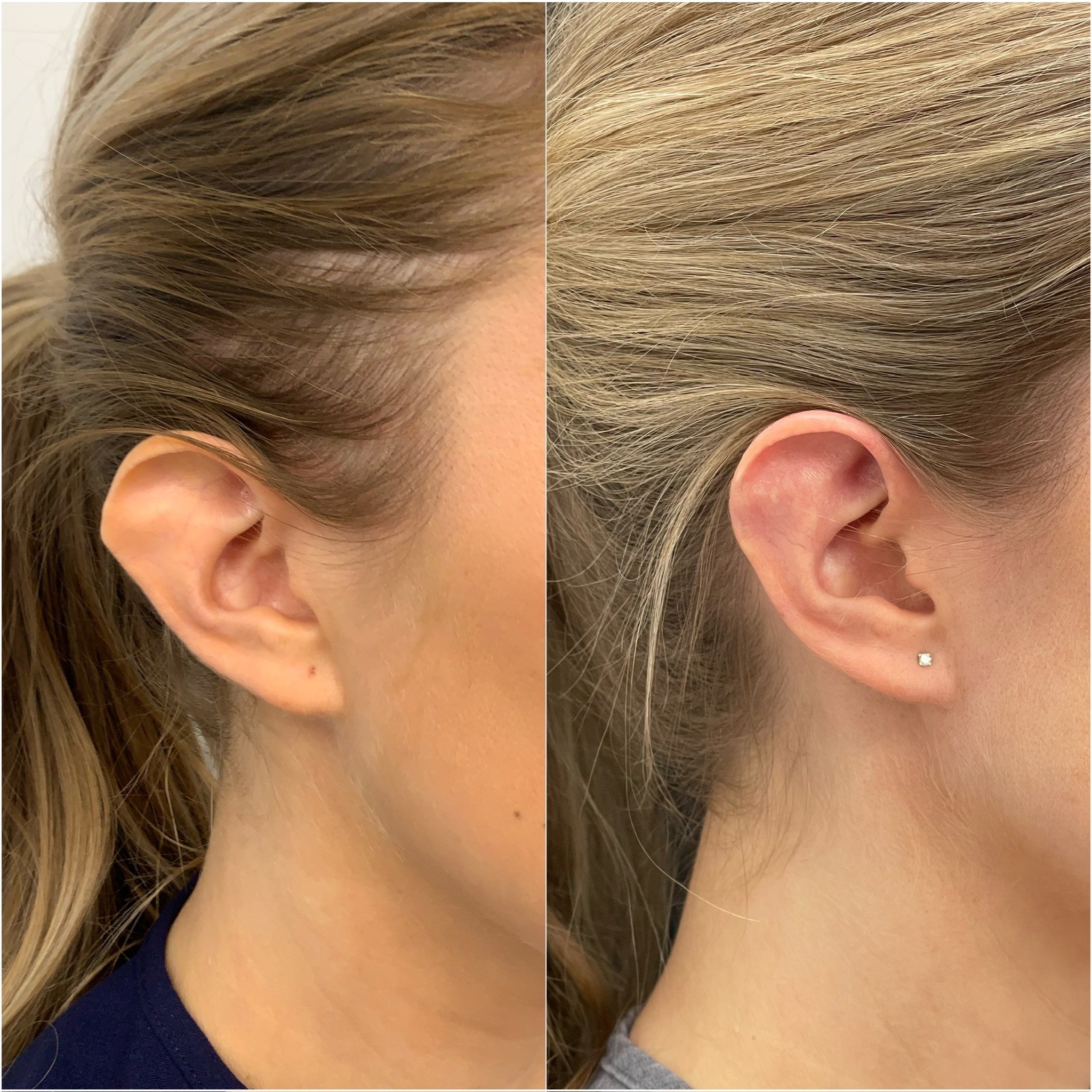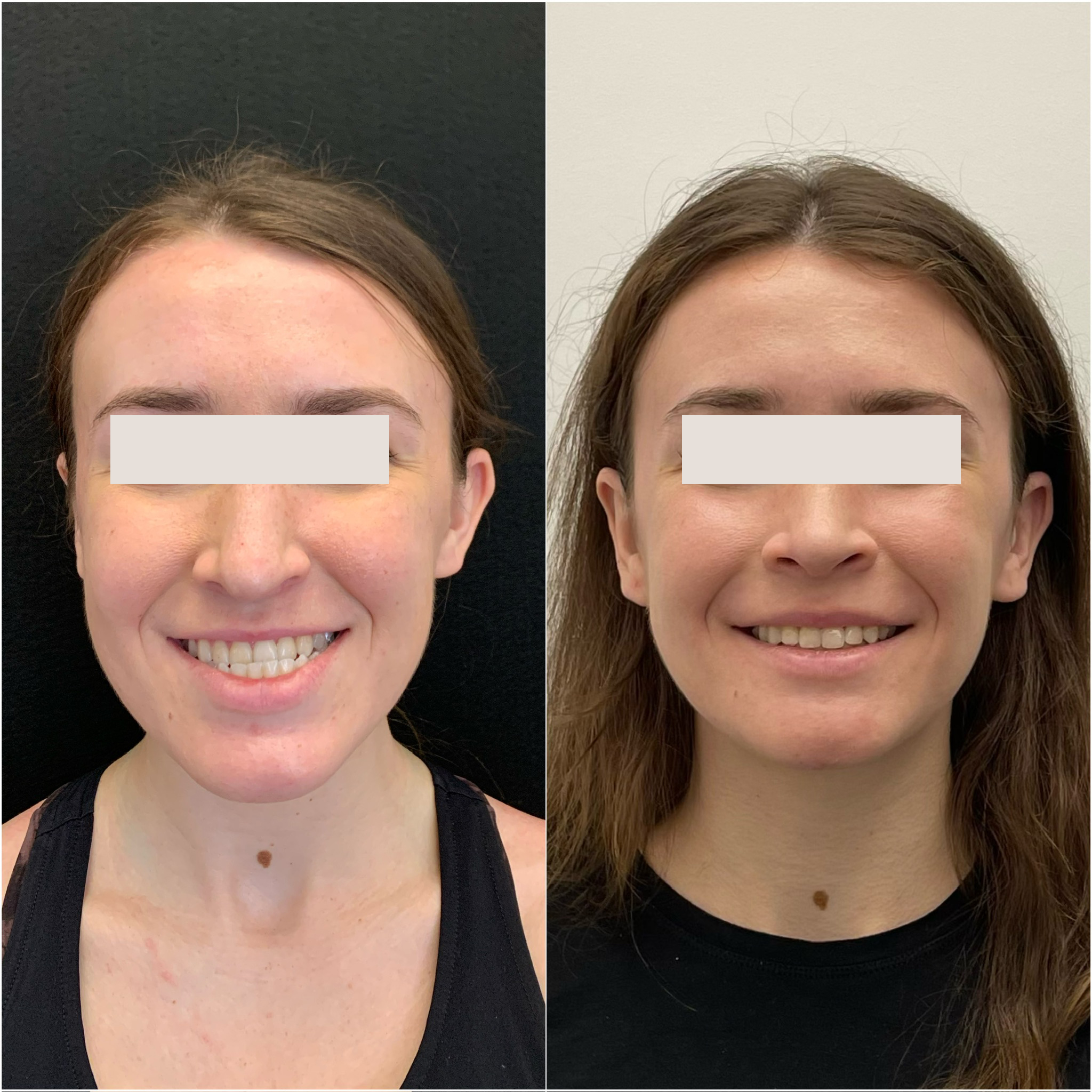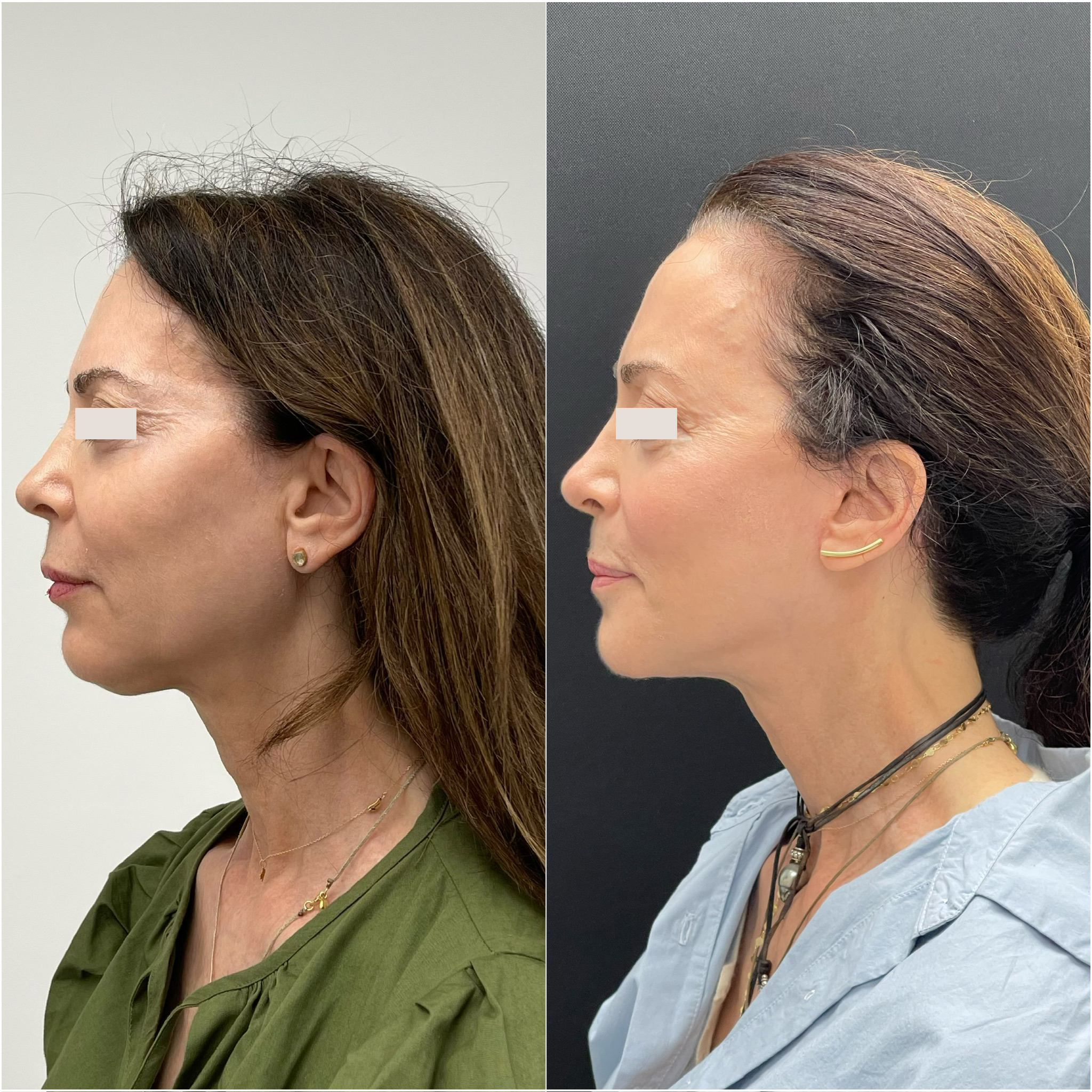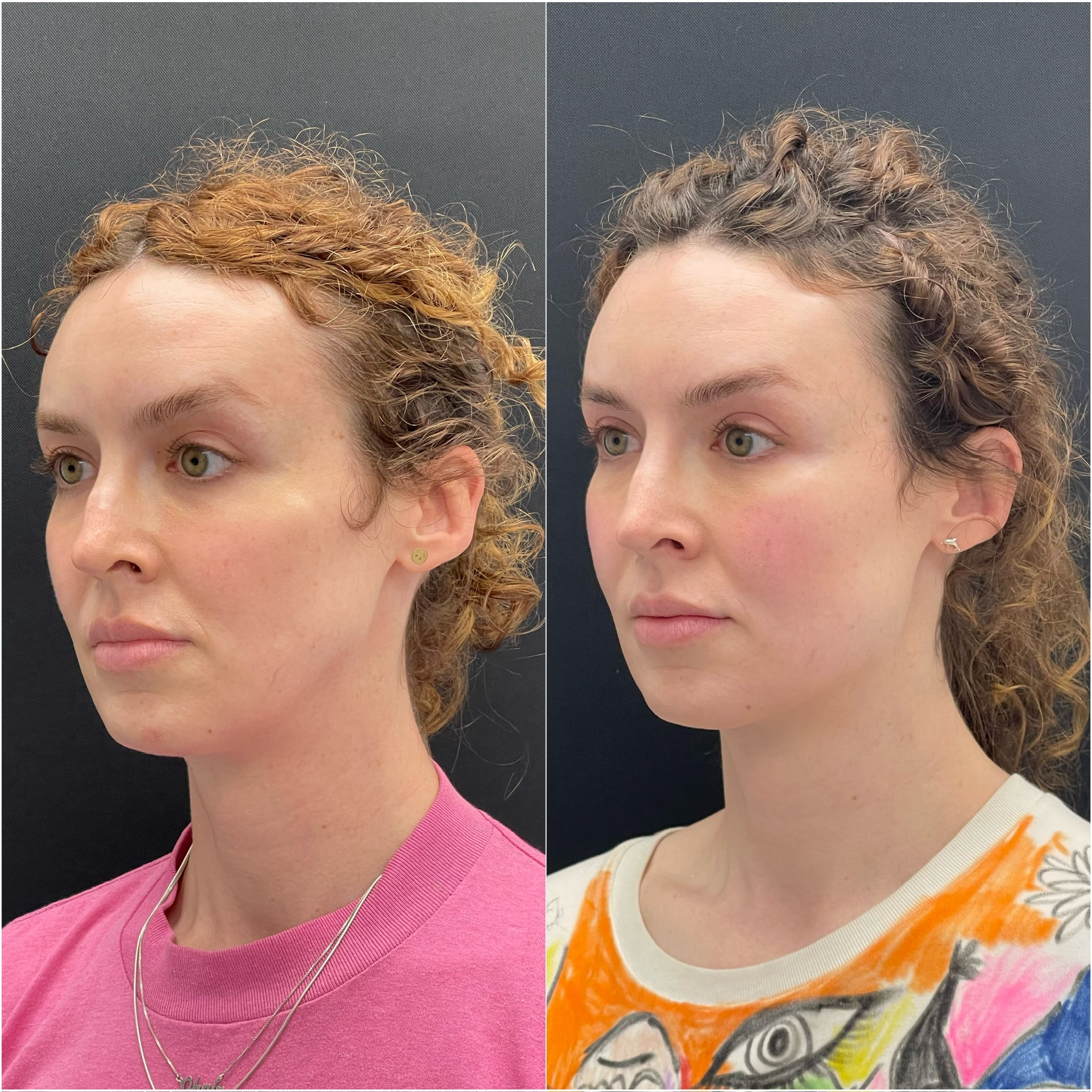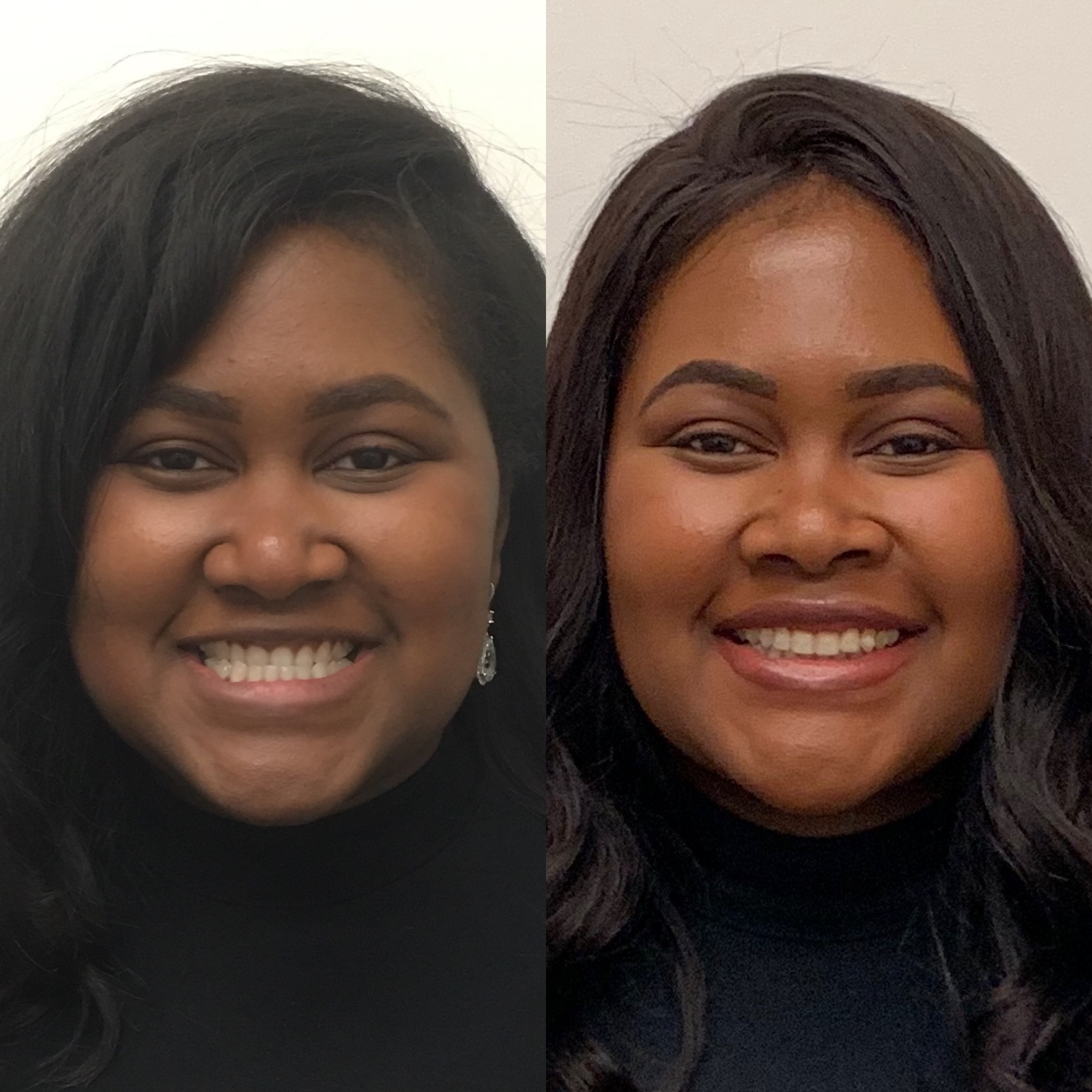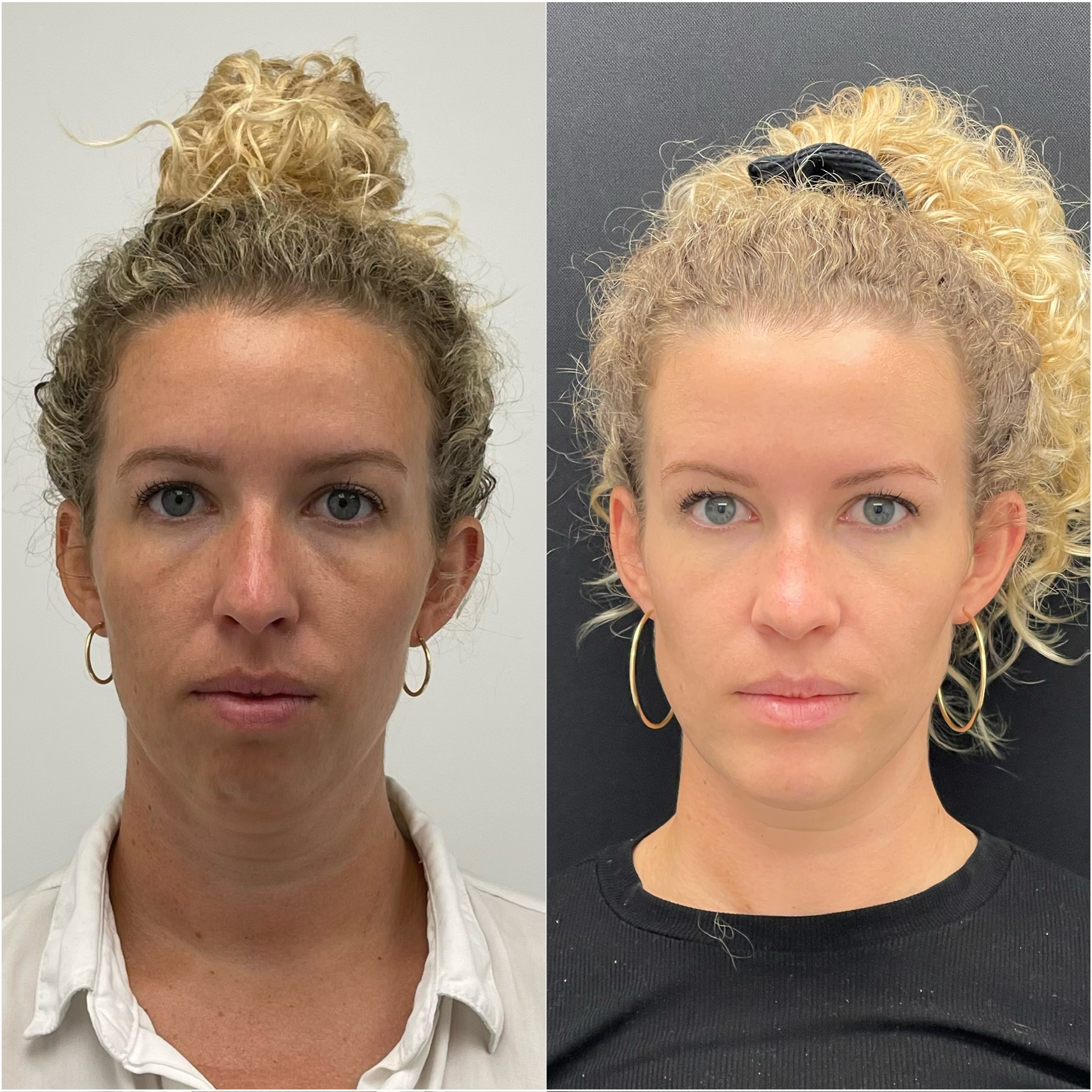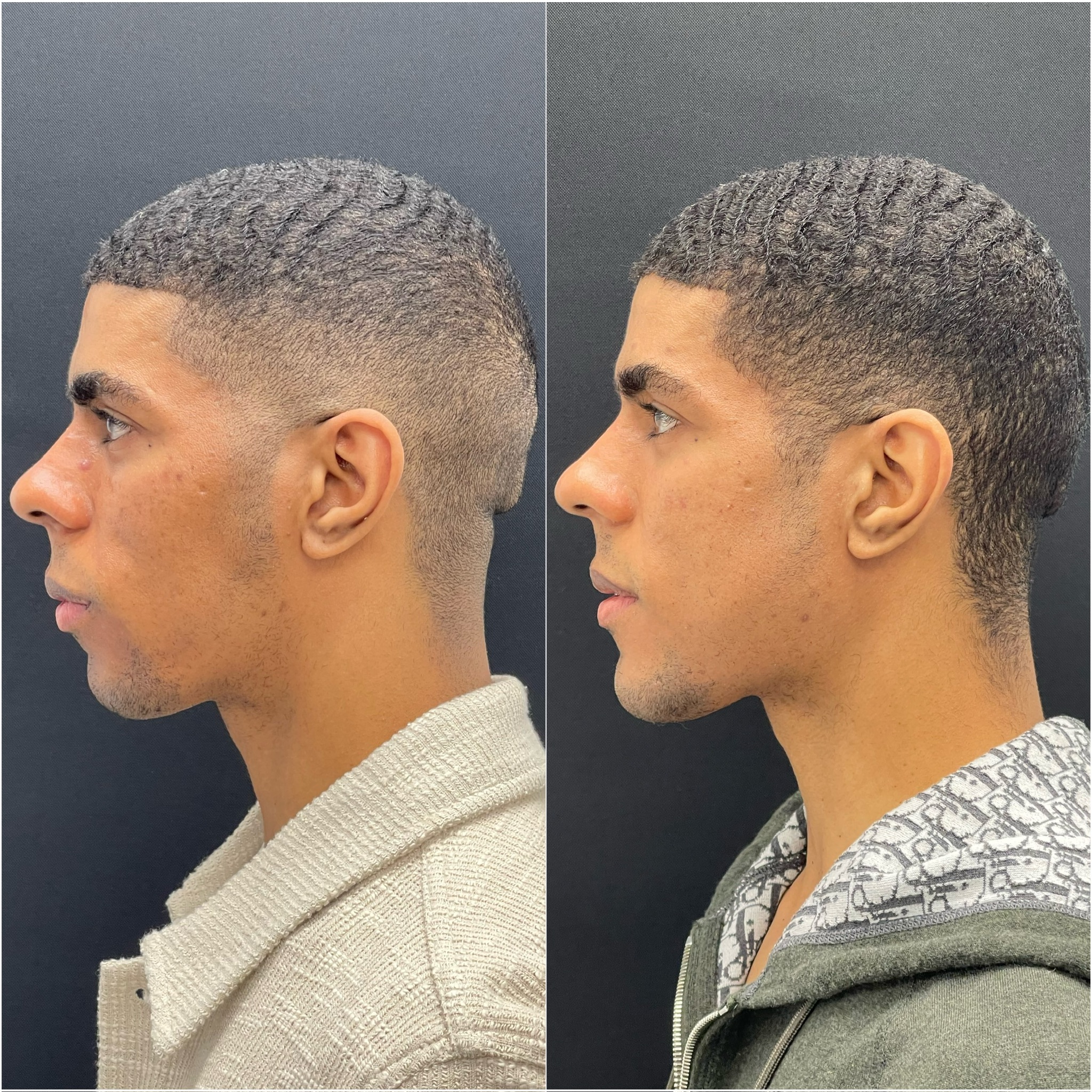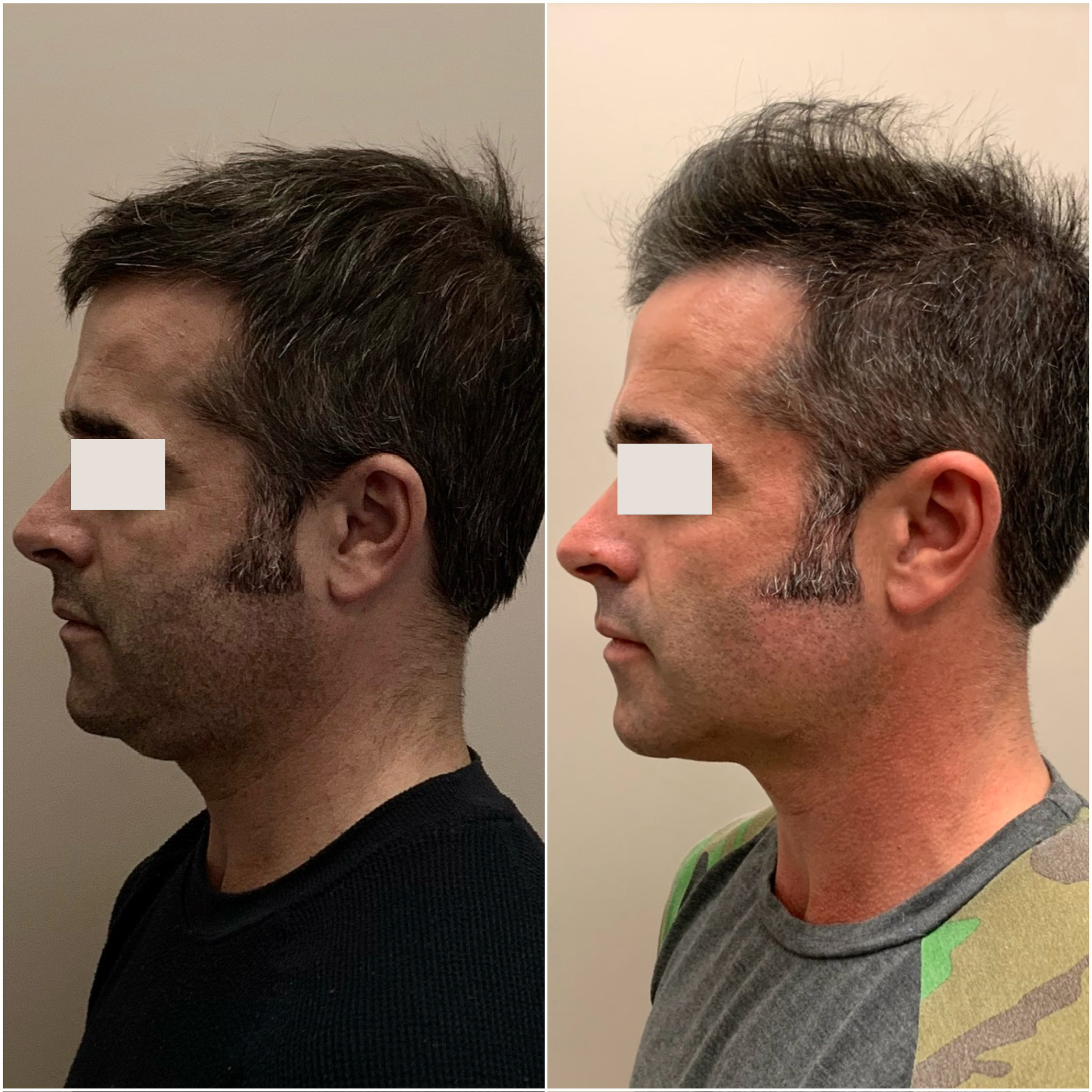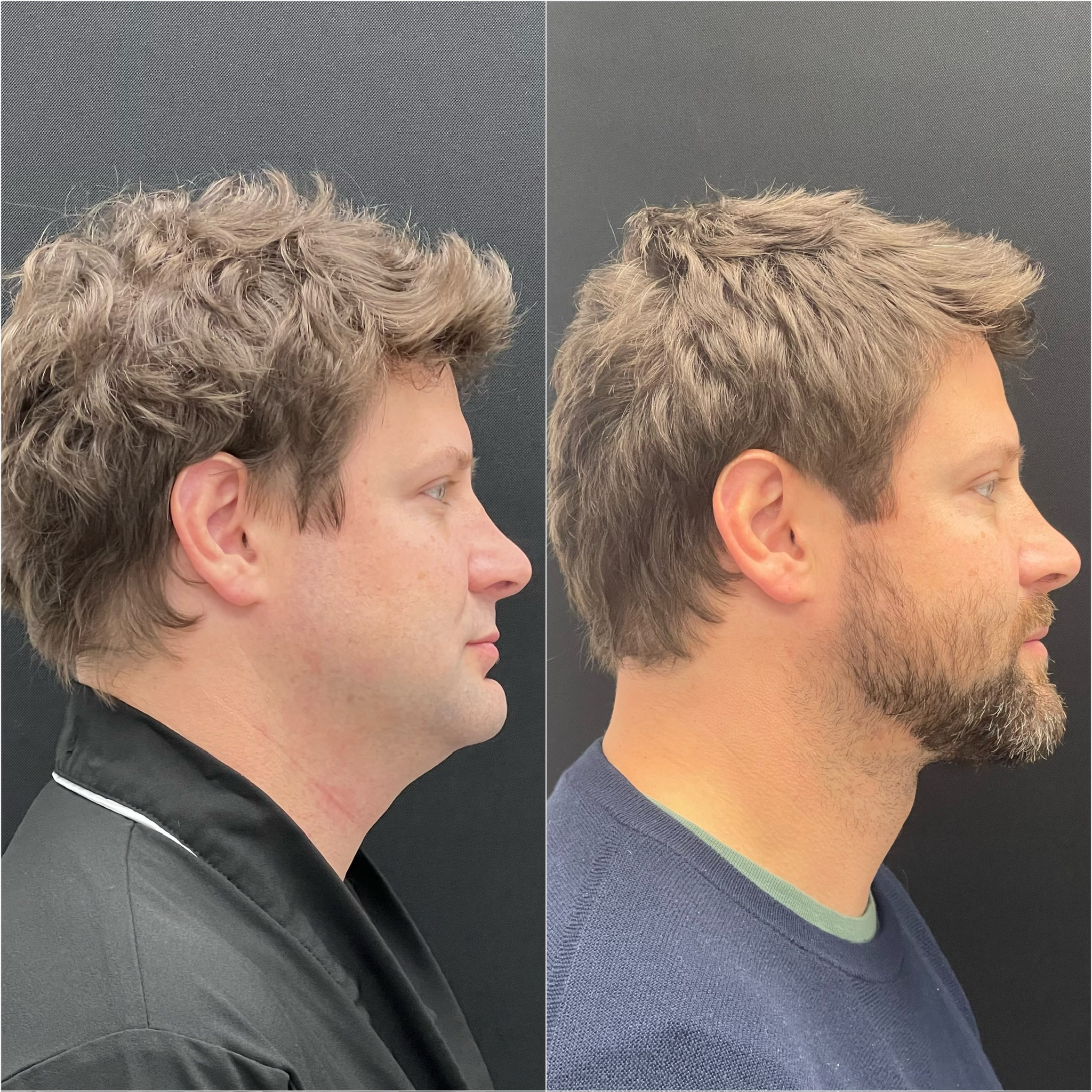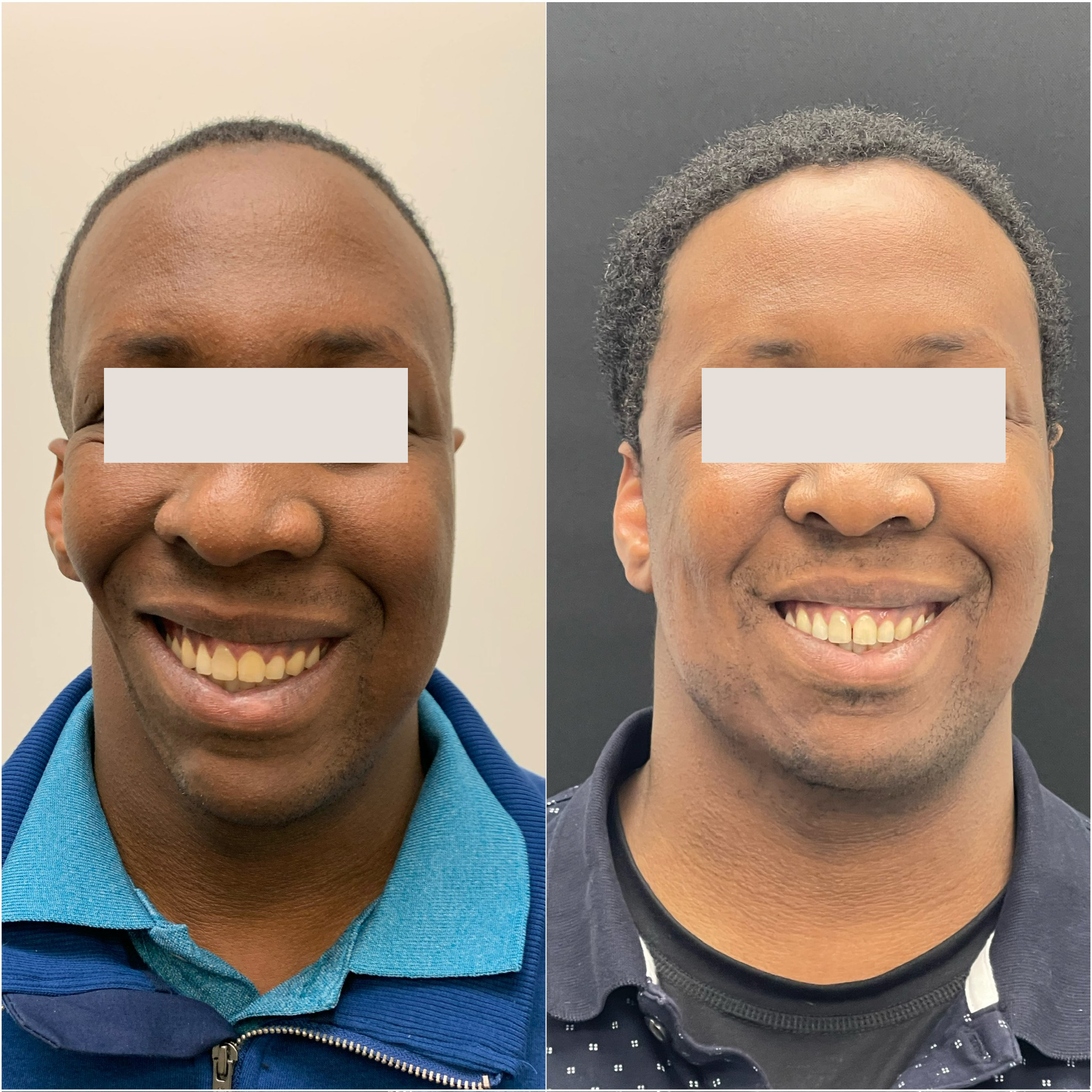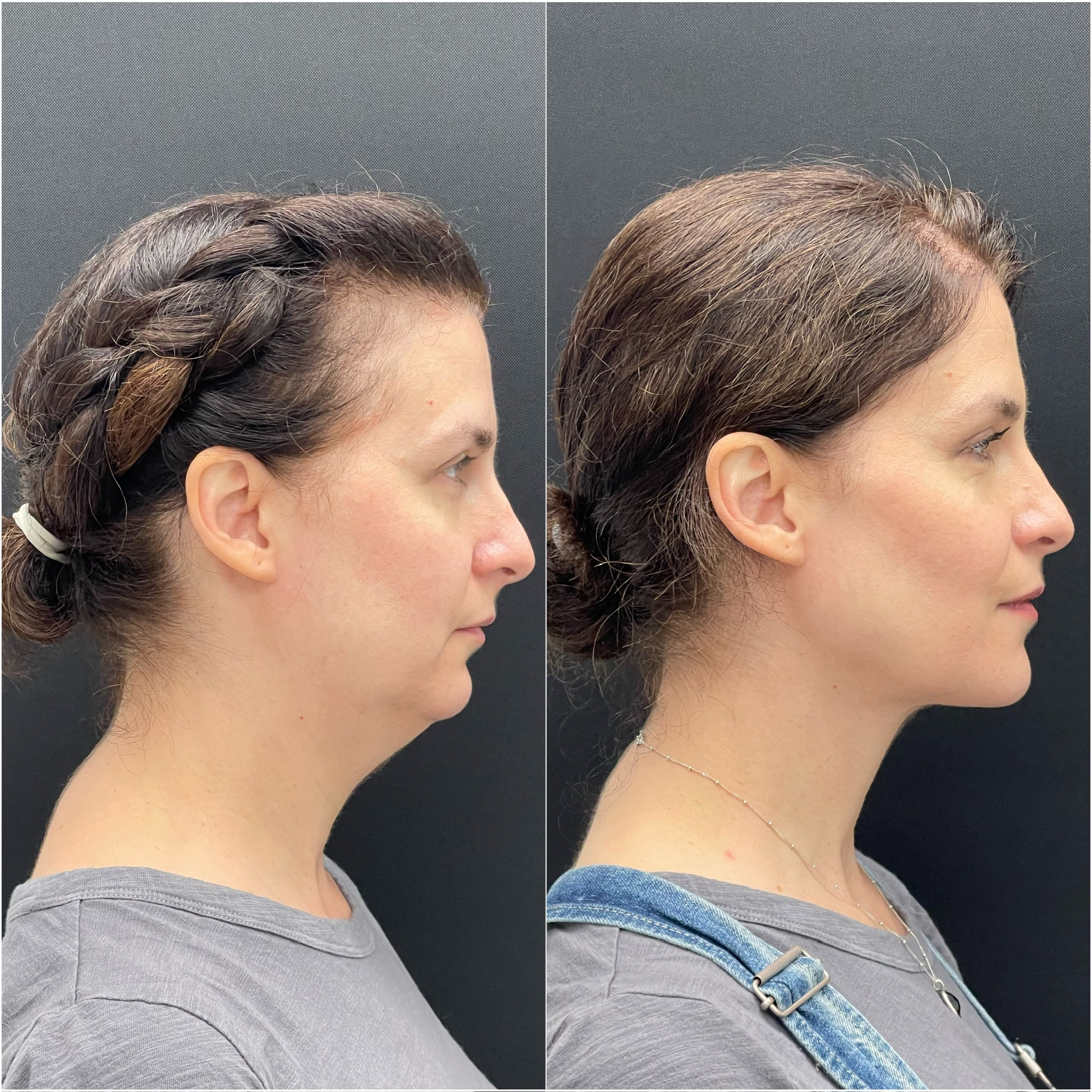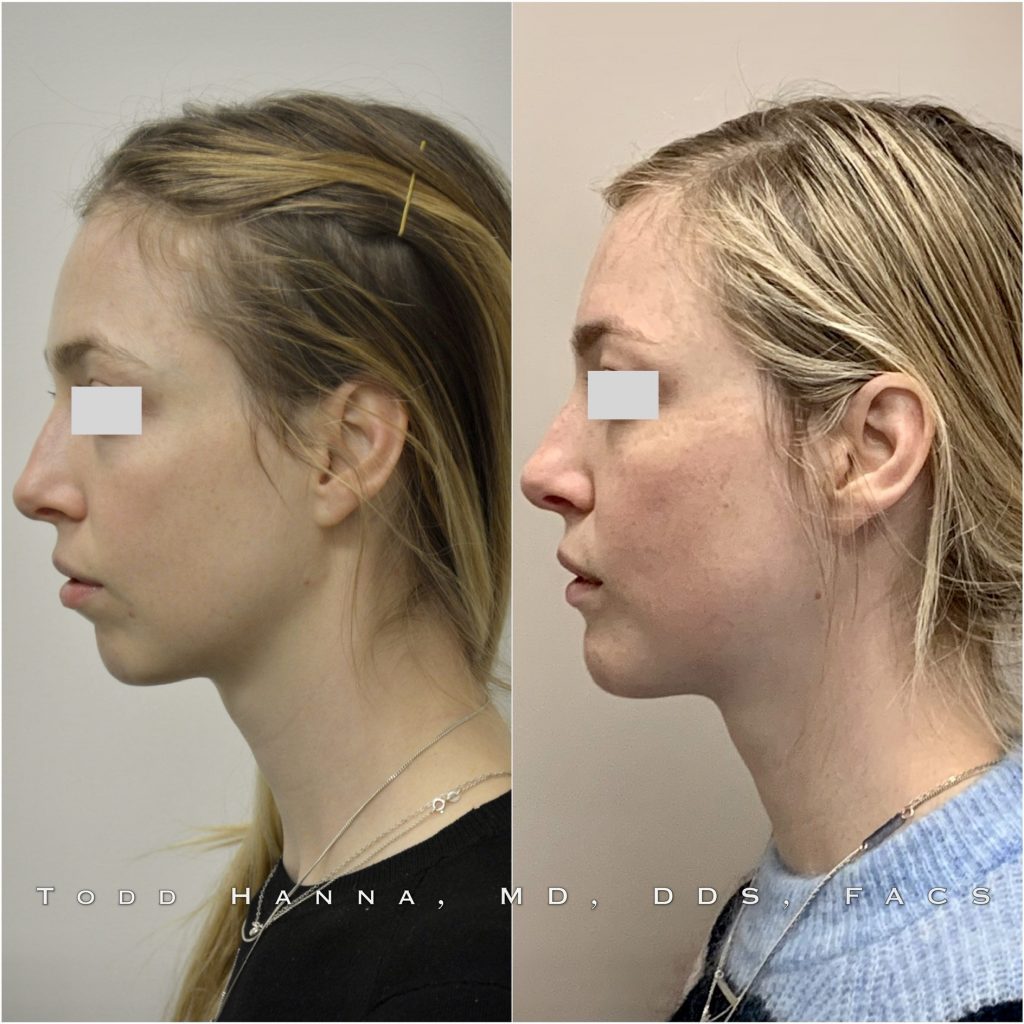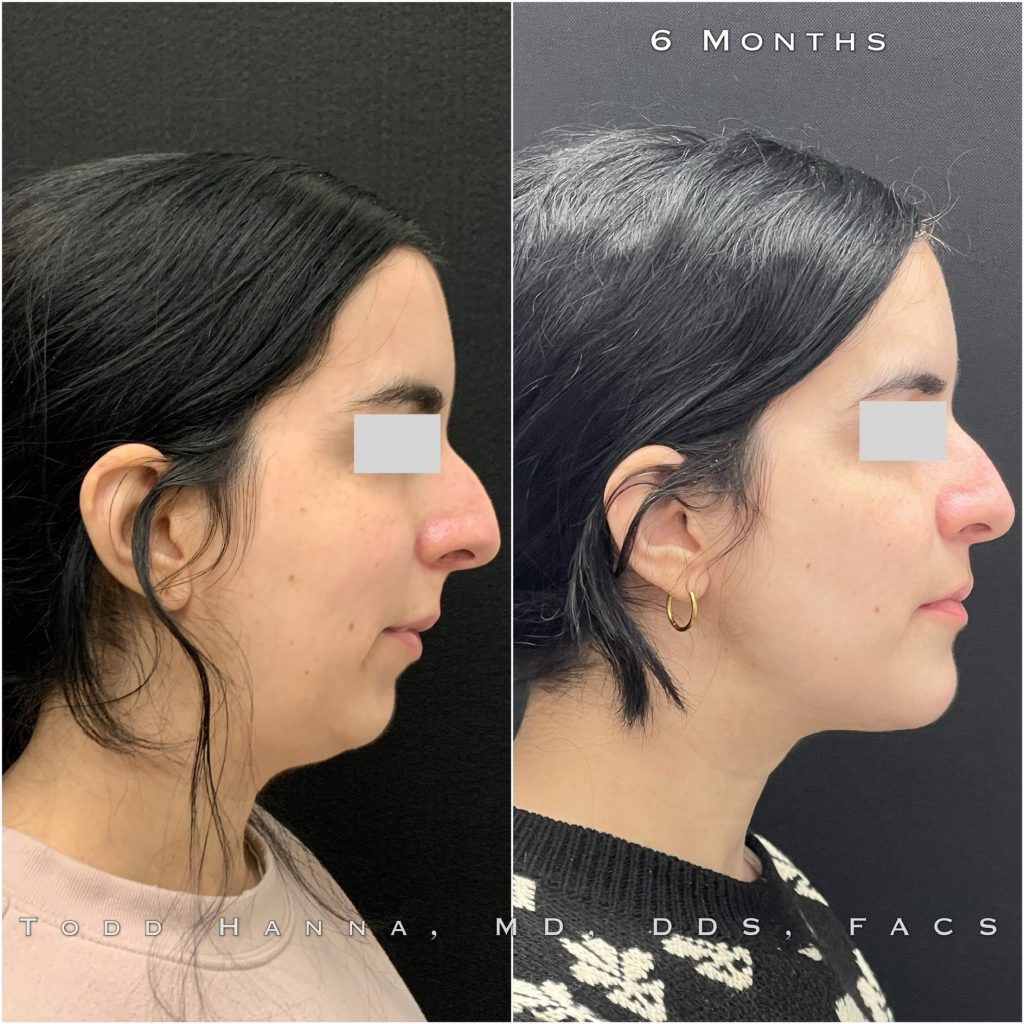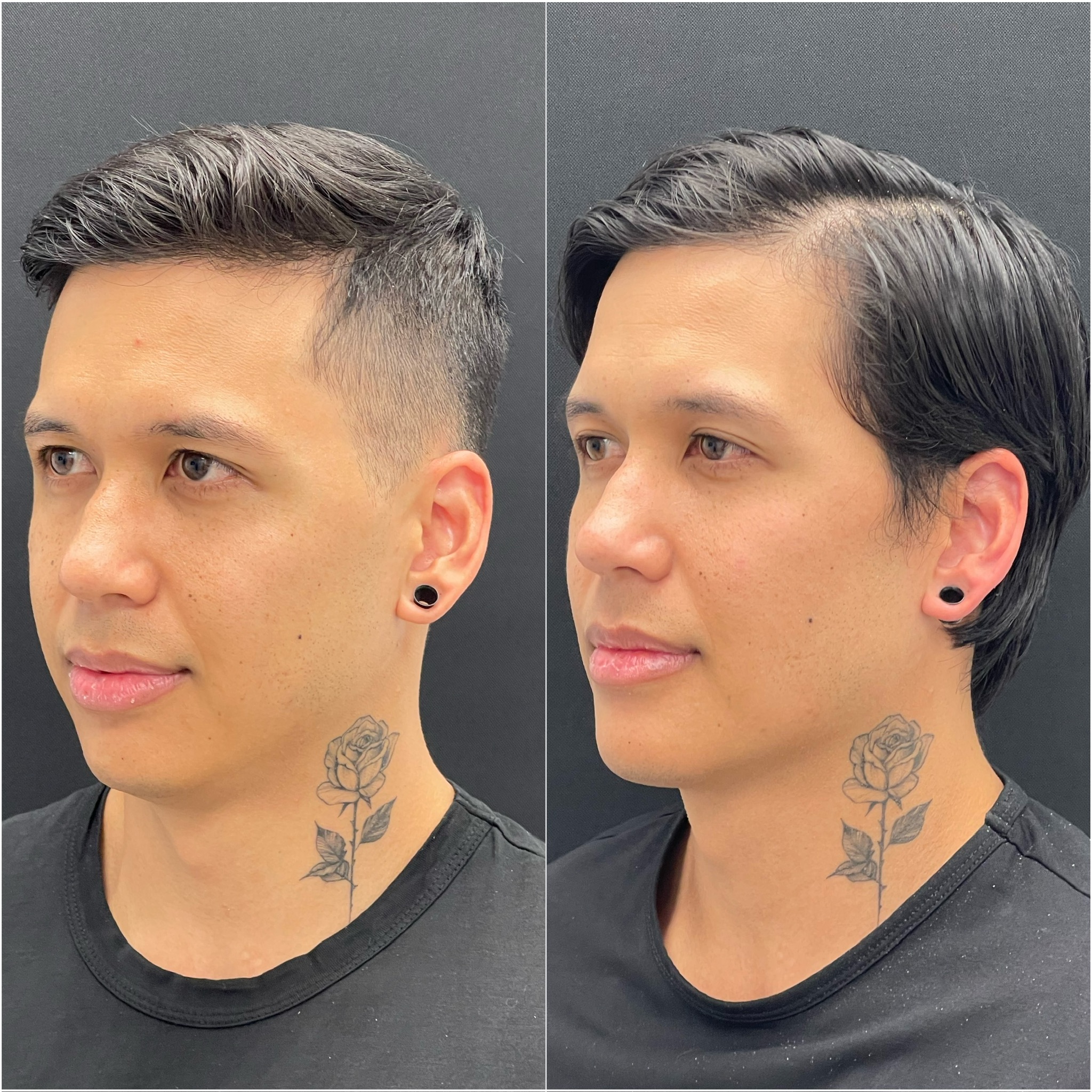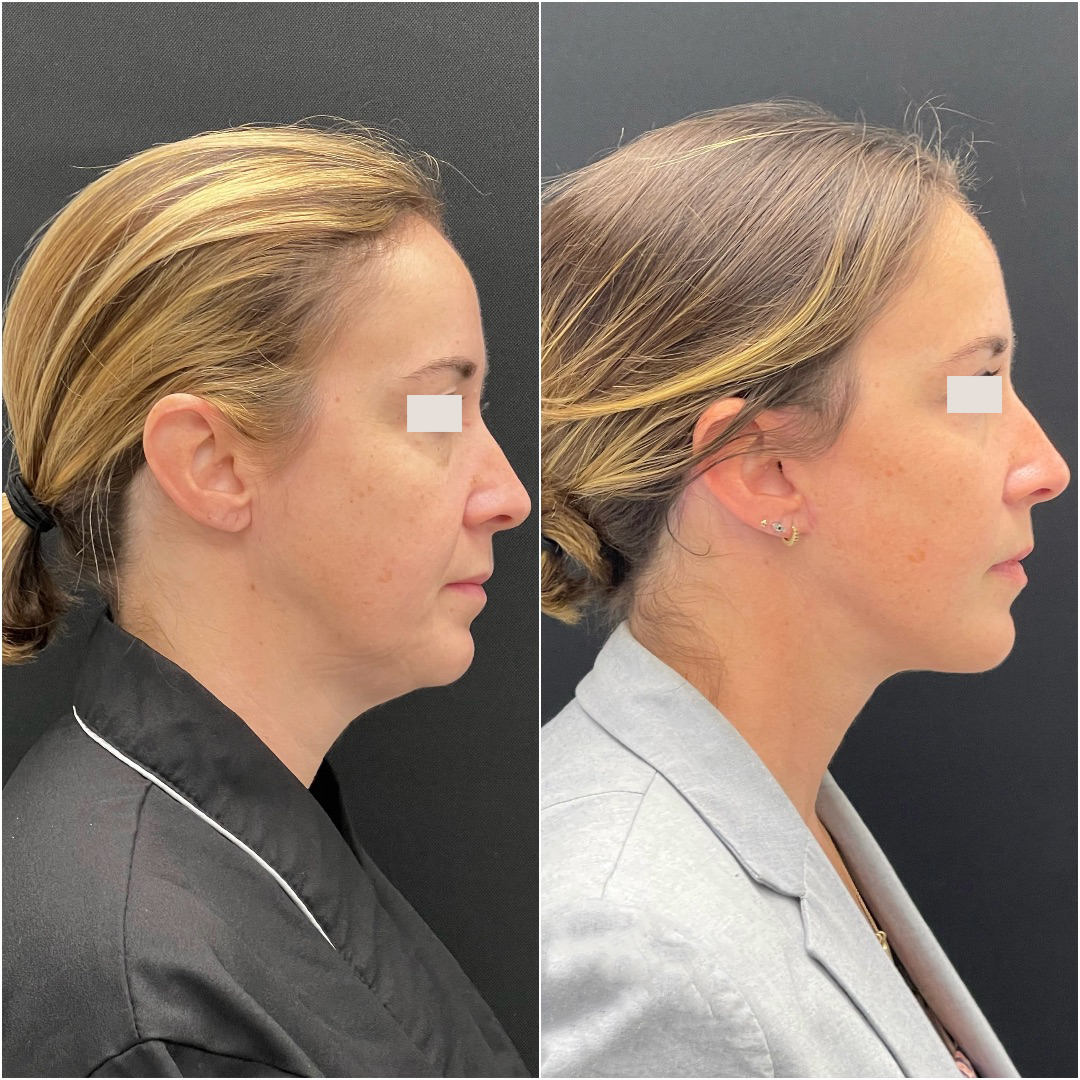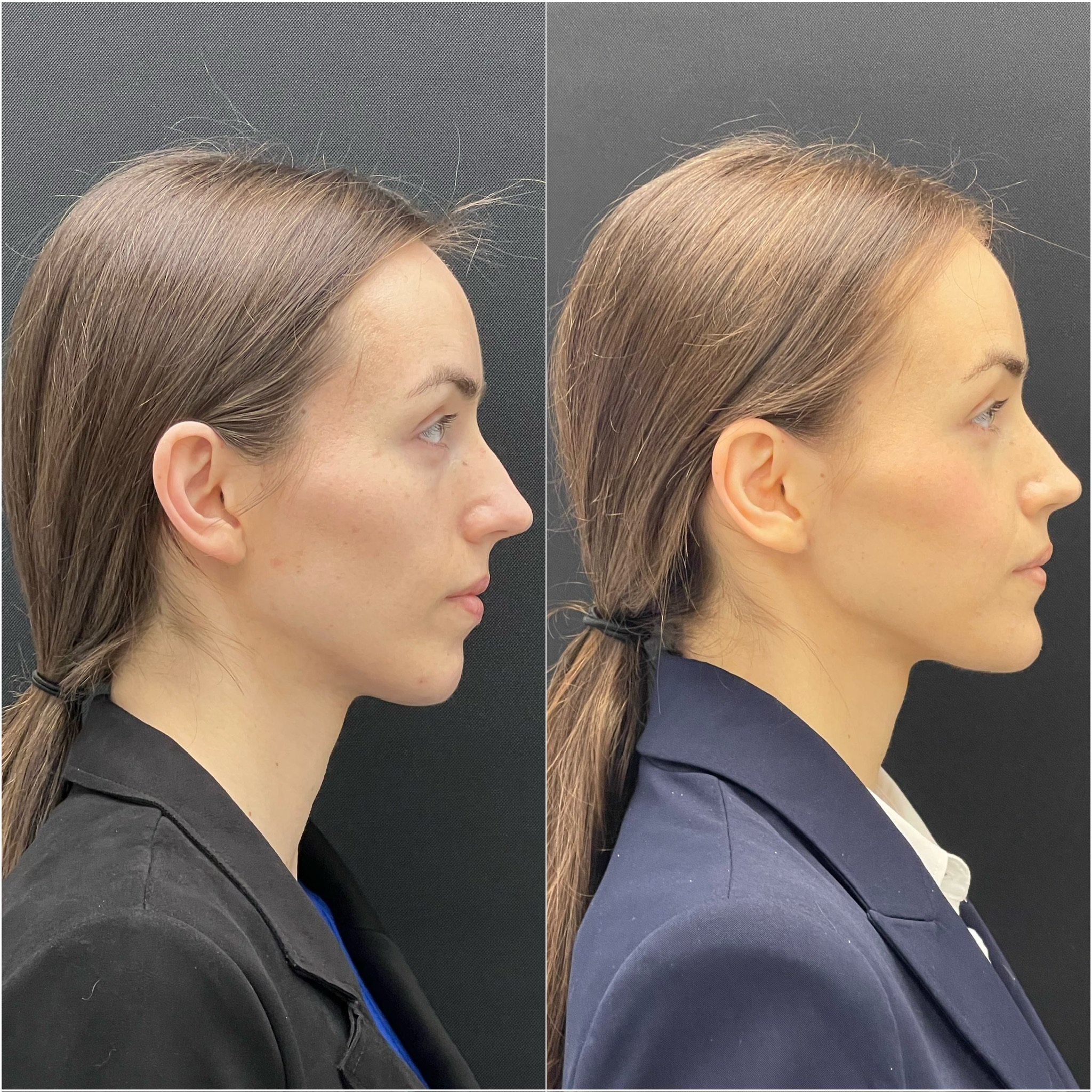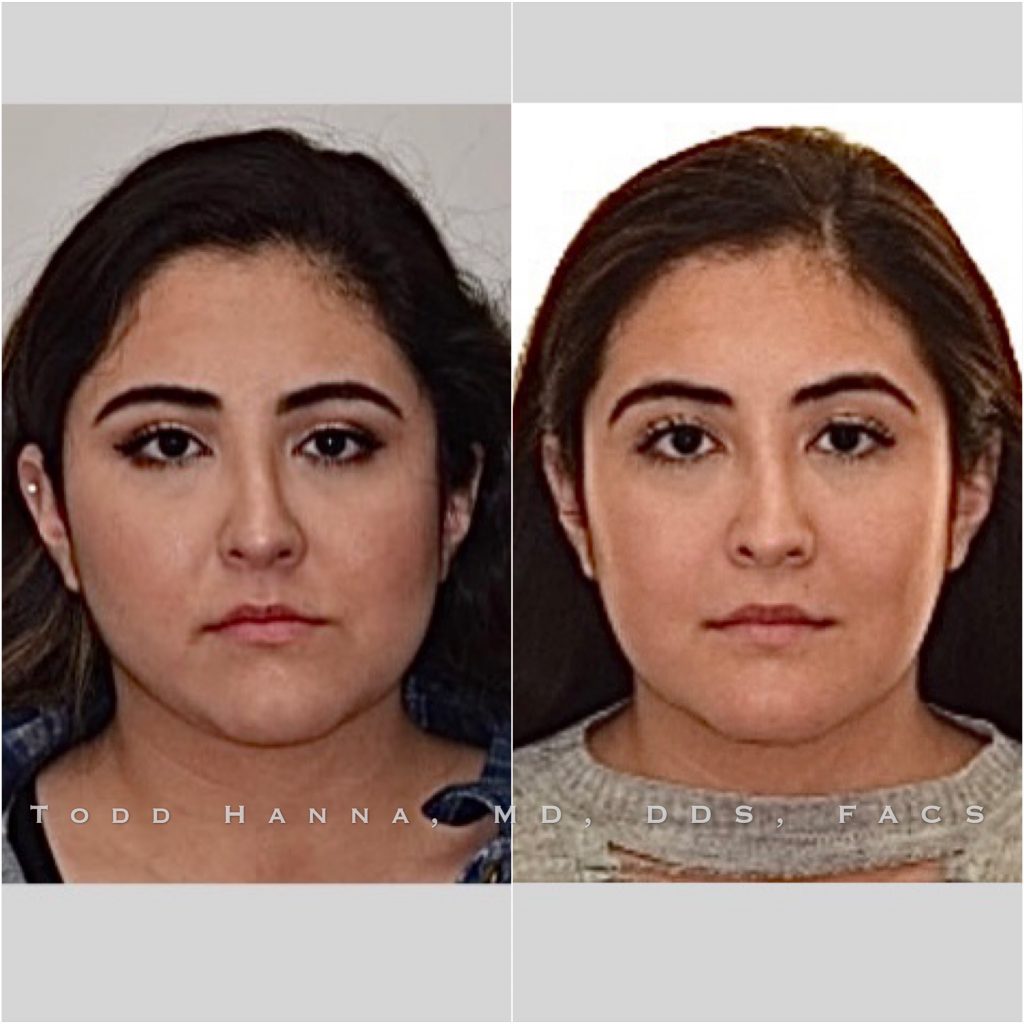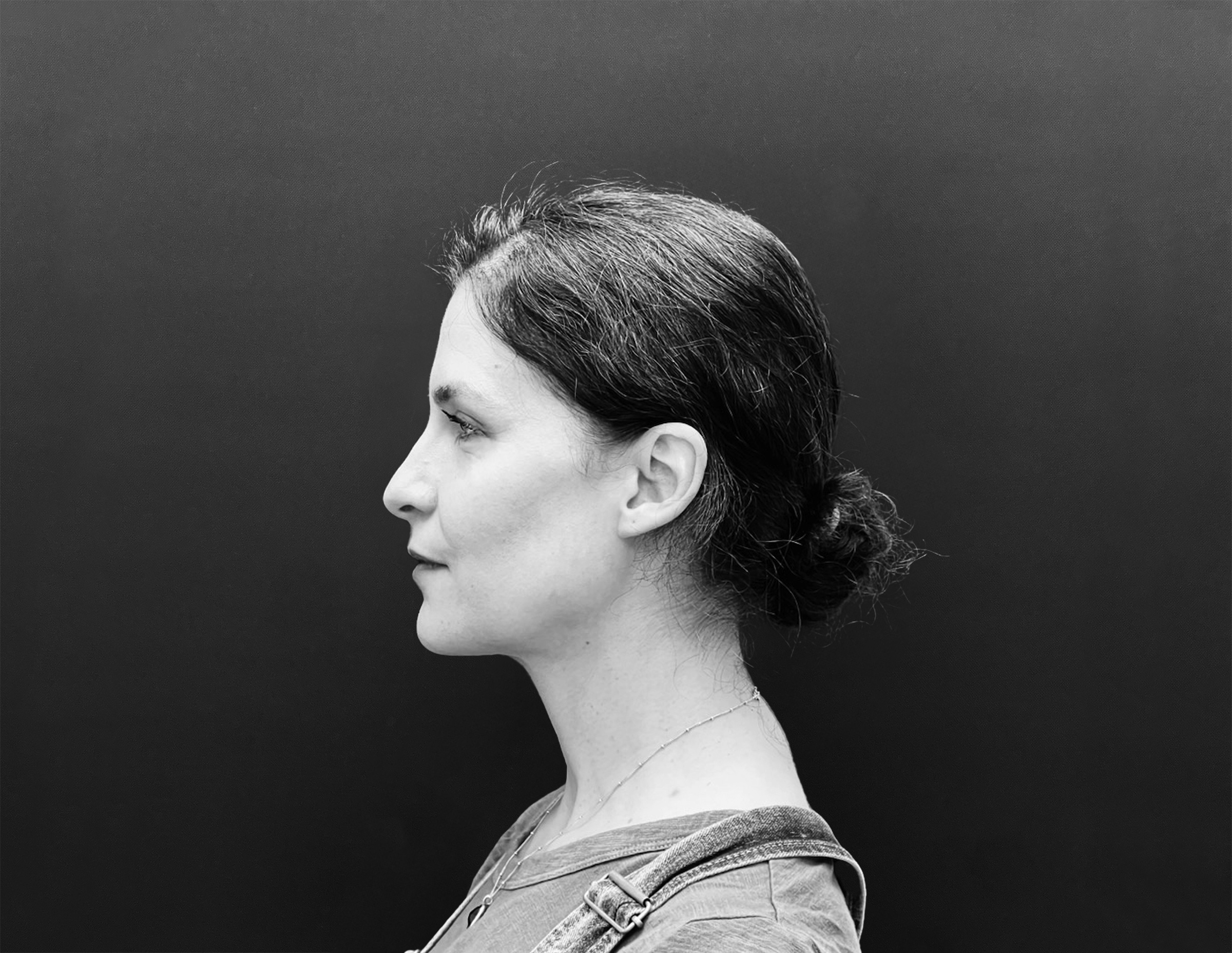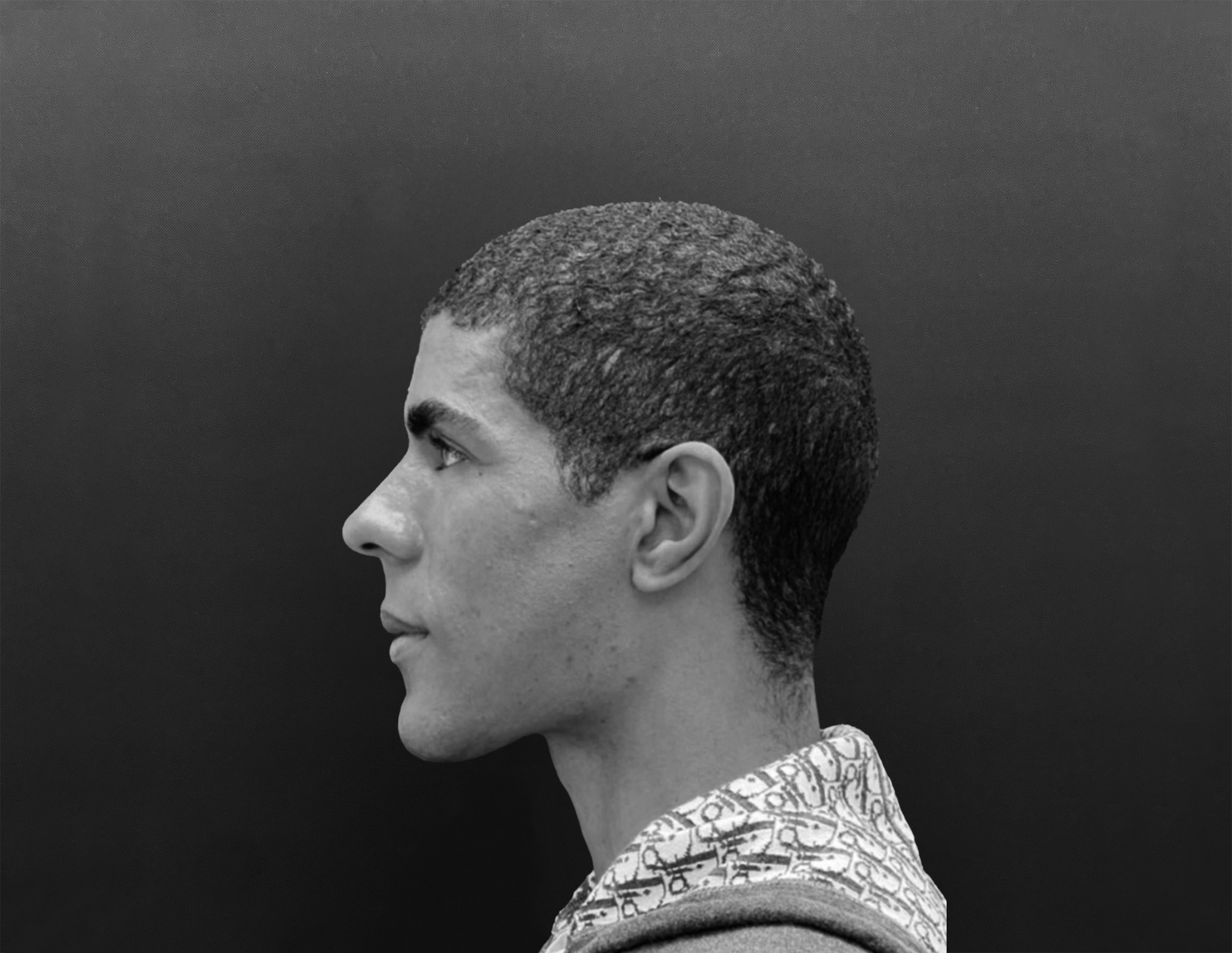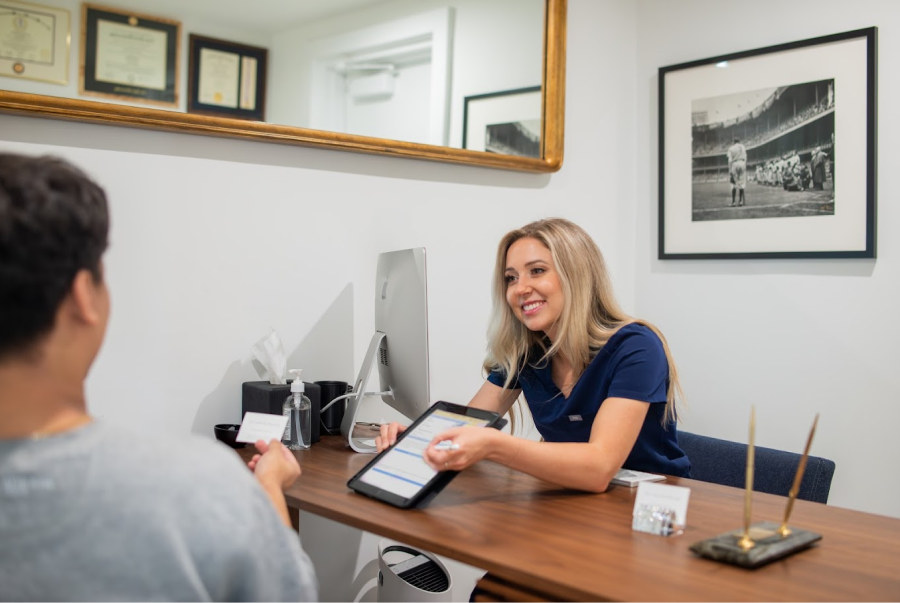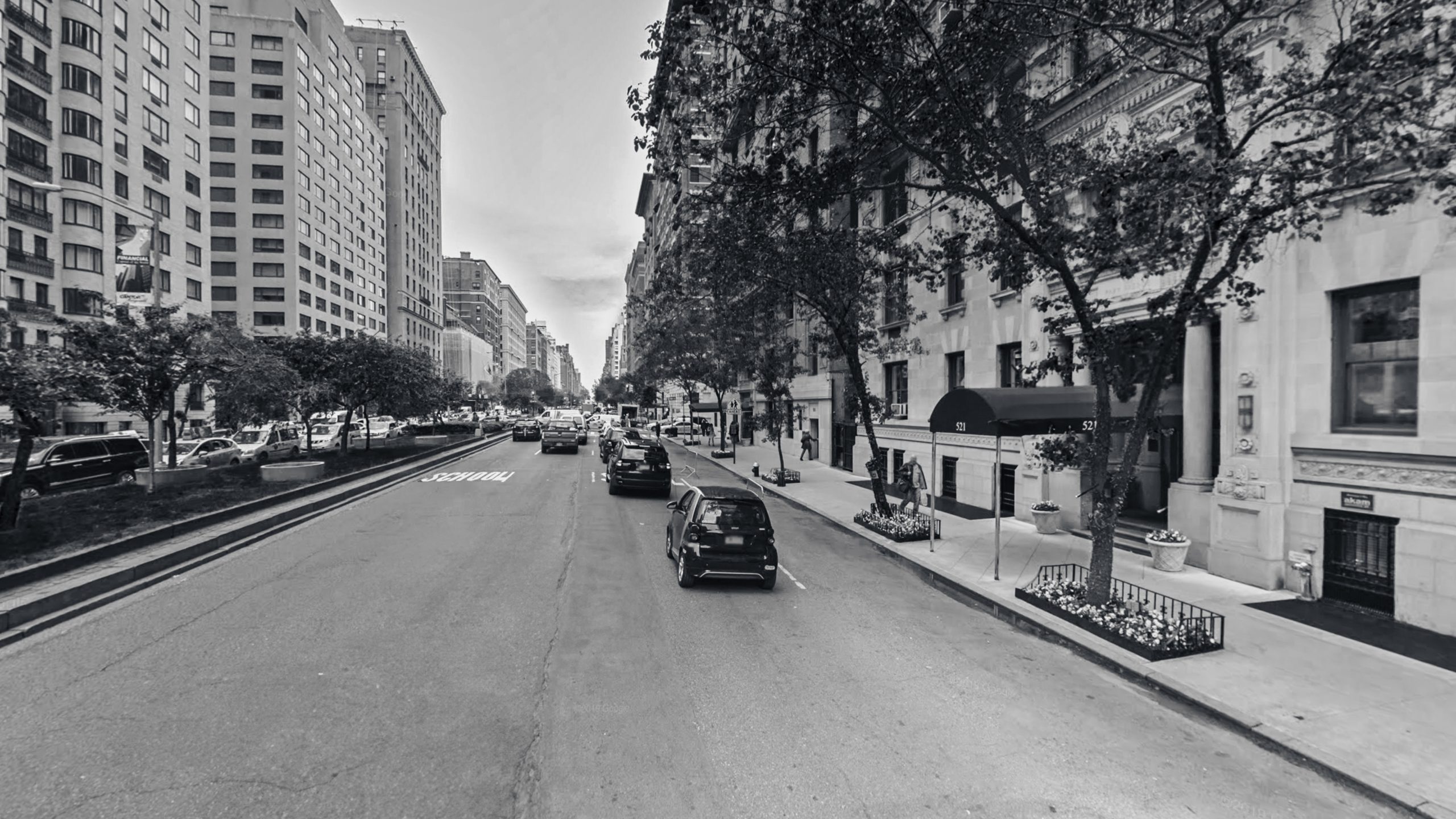Neck Lift
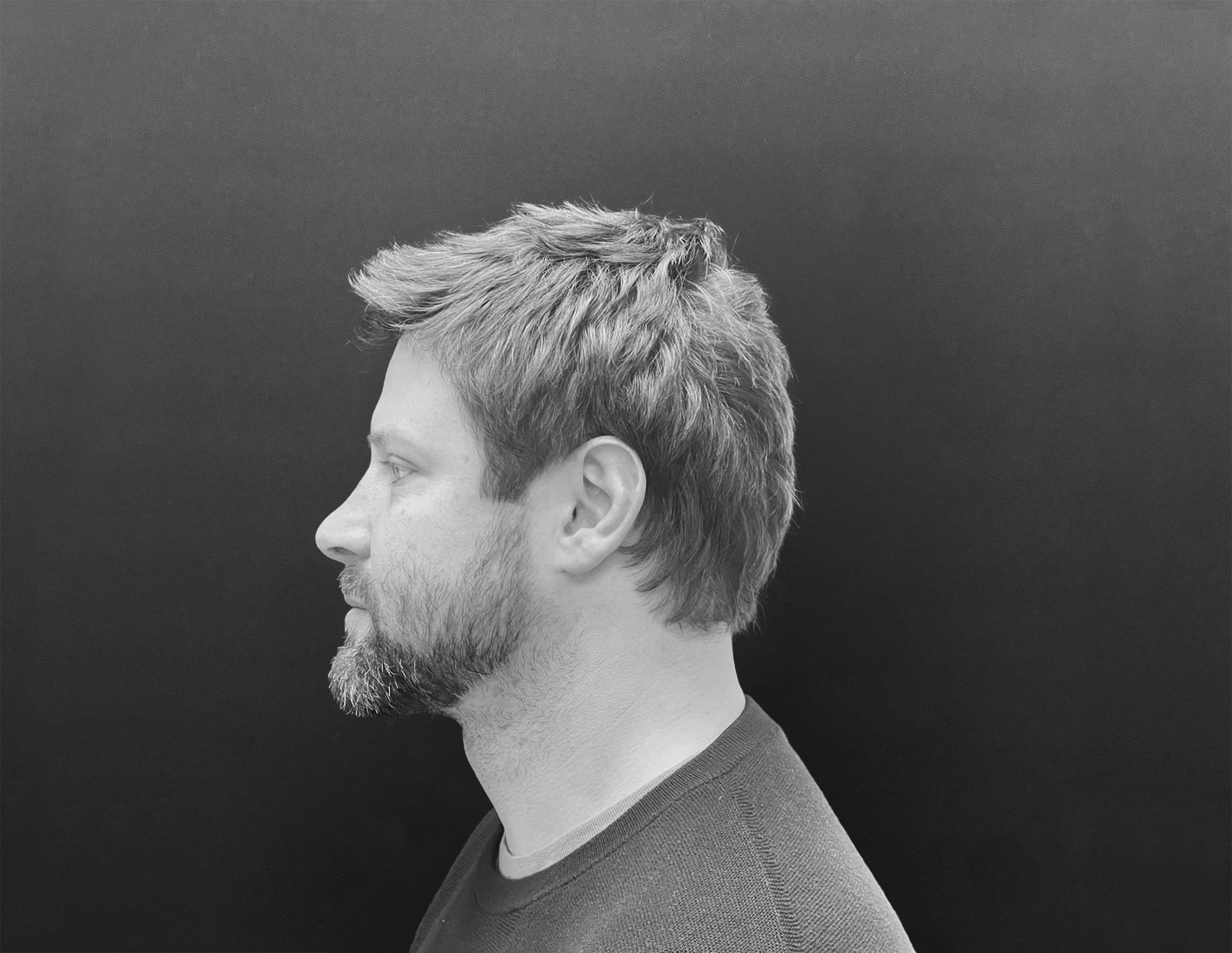
What is a Neck Lift?
A neck lift is a term used to describe lifting the skin and soft tissue around the neck and jawline. It can be performed by itself in some cases, but is also commonly done during a face lift.
The standard skin incision for a neck lift is approximately 1-2 inches and hidden underneath the chin, in or just behind the submental crease. Fatty areas are reduced and smoothed, neck muscles are tightened and lifted, and sometimes larger or droopy glands are reduced to enhance neck and jaw line definition. When glands and deeper fatty tissue needs to be treated this is referred to as a “deep neck lift” and it is simply a neck lift that extends to deeper tissues for a more profound result. The patient’s specific anatomy and goals will determine the level of neck lift that is indicated.
Patient Results
View before and after photos of our past patients.

Benefits of
a Neck Lift
- Better definition of the neck and jawline
- More youthful appearance and slower aging
- Long-lasting, natural-looking results with minimal visible scarring
- Quick recovery with most patients returning to normal activities in 1-2 weeks
How is a neck lift different from a submentoplasty or submental liposuction?
Submental liposuction only addresses the fat directly under the skin. It is typically the least impactful treatment compared to submentoplasty or neck lift. Submentoplasty addresses the deeper fat which lays under the platysma muscle in the neck. This muscle is typically tightened as well, creating more jawline definition. A deep neck lift is the most impactful of the three procedures. It typically involves reduction of more deep fat and reduction of glands. Any of the above can be done with or without adjunctive procedures such as face lift, genioplasty, jawline implants, and chin implants.
How do I tell if I need a face lift with a neck lift?
A common misunderstanding is that a neck lift cannot address extra neck skin without a face lift. This is actually, many times, untrue. Patients and even doctors can often not fully appreciate this concept but, by carving out deeper fatty and glandular tissue, and tightening/lifting the neck muscles, the skin can be re-draped and redistributed over a larger surface area and the extra skin is needed, resulting in lifted tightened neck skin without face lift incisions. This is a preferred treatment for patients with isolated neck heaviness but have minimal facial heaviness or laxity.
How do I know if I am a good candidate for a neck lift?
Ideal candidates are generally in good overall health and want to improve the contour and definition of their neck and jawline. A neck lift done on its own (without a face lift) is a good option for patients with heavy necks but minimal facial heaviness or laxity. A consultation will allow us to assess the right procedure(s) for each individual’s needs and aesthetic goals.
What is the recovery time?
Initial recovery from a neck lift typically takes about 1-2 weeks, during which most swelling and bruising subside. Full recovery that includes the fading of scars and resolution of small amounts of swelling can take several months to a year.
How long until I can be out in public?
Most patients can resume work (and are considered “restaurant-ready”) within 1 week. For social events such as weddings (guest), graduations, or holidays, one should allow at least 2 weeks for recovery.
How soon can I travel after my surgery?
We typically ask patients to remain in town for a period of 1-2 weeks before flying. However, car rides of 2-4 hours are ok the following day in most cases. We would still like to see you for a postoperative visit at the 1-week mark.
How long until I can exercise?
Very light activity such as a brisk walk or a light stationary bike is encouraged as soon as you feel ready for it after surgery. Moderate exercise is usually resumed in about two weeks and heavy exercise in one month.
Where will the incisions be?
Incisions are typically hidden within the hairline and natural creases under the chin and/or ear, making scars minimally visible once healed.
Are there scars?
Yes, any skin incision will leave a scar. They are typically well-hidden within the hairline and natural creases under the chin and/or ear, and if the incisions are created and closed meticulously, the scars are typically imperceptible at 6-12 months, sometimes sooner. Proper postoperative care will help the scars heal better and faster. This includes sun block, silicone gel, and avoiding sun exposure during the healing phase.
Can I combine a neck lift with other procedures?
Yes, many patients combine neck lifts with complementary procedures like facelifts, or procedures that give the soft tissue more support underneath such as genioplasty (chin augmentation), chin implants, or jawline implants. (See “What makes a “good” lift?“)
How long does the neck lift procedure take?
The neck lift procedure typically takes about 2-4 hours.
How long do neck lifts last?
A lift should last forever, in a sense. When any lift is done, the looseness in the skin is reduced; however, you will continue to age after that. It is like turning back a clock that continues to tick. You can typically set this “clock” back 10-20 years. Then you will continue to age, but at a slower rate than if you had not had the lift. (See “How long before I would want another lift?”)
How long before I would want another face or neck lift?
It depends on the extent and type of lift initially performed, the amount of elasticity that is left in the skin, the skin quality, how well the patient takes care of their skin, and the patient’s genetics. Most patients will wait 10-15 years before they consider another lift. However, sometimes a small touch-up lift can be done sooner than that. Our team can guide you on the best approach for you.
How do I choose the right surgeon for a lift?
It is important to choose a surgeon that 1) understands aesthetic sense and 2) has the skills and training to provide that. For example, the “vectors” of a lift (the direction the skin is lifted in) have to do with a surgeon’s aesthetic sense. It is also important to choose the right combination of procedures, which have to do with both aesthetic sense and training. A surgeon trained on both the hard and soft tissues of the face and neck can give attention to where the actual deficiencies lie and provide the treatment the patient really needs. Having training and experience with complex procedures such as facial reconstruction makes a surgeon more comfortable and adept at navigating facial anatomy and managing soft tissues. A thorough understanding of facial balance and structure translates to an extra layer of preparation that improves results and recovery.
What makes a “good” lift?
A good lift is one that simply turns back the clock and does not look like the patient had surgery. To accomplish this, you need:
- Proper assessment: Accurate assessment of what is contributing to the areas of concern, for example: looseness of the neck, heavy cheeks, or low-hanging submandibular glands.
- Choosing the right treatment.
- The incisions: Ideal incisions are specific to each individual case. Designing them depends on the type of lift chosen, the direction that the skin is lifted in each area, and the patient’s specific anatomy.
- The wound closure: It is critical to use very precise suturing to close the incisions properly with no active bleeding and absolutely no tension on the skin (to minimize scarring).
- The “aesthetic eye”: Knowing how much to lift or move each area and how evenly they are moved. All the areas should be moved evenly and in complementary directions.6) Choosing the right combination of procedures: A surgeon trained on both the hard and soft tissues of the face/neck can give attention to where the actual deficiencies lie and provide the treatment the patient really needs. For example, if a patient has loose skin but also a very small chin or jaw, the patient would need to treat the small chin and jaw to optimize the results of the lift. The combination of treatments gives them a better, more natural result because one area does not need to be “overdone” to make up for the other area not being treated.
What to Expect
After Surgery
- Most patients can resume work (and are considered “restaurant-ready”) within 1 week
- For social events such as weddings (guest), graduations, or holidays, one should allow at least 2 weeks for recovery
- Exercise: Very light activity such as a brisk walk or a light stationary bike is encouraged as soon as the patient feels ready for it after surgery. Moderate exercise is usually resumed in about two weeks and heavy exercise in one month
- Usually about 90% of swelling/bruising resolves within 1-2 weeks
- Patients will need to avoid direct sun exposure to the incisions for at least a year and use sunscreen to protect healing skin.
- We will see the patient for postoperative appointments typically after 5-7 days, 10-14 days, 1 month, 3 months, 6 months, and 1 year. Sutures are removed during the first few postoperative appointments. (Standard neck lifts and submentoplasties do not usually require drains to be placed and removed)
- You may be asked to wear a compression garment or neck bandage for a short period after surgery to reduce swelling and support the treated area
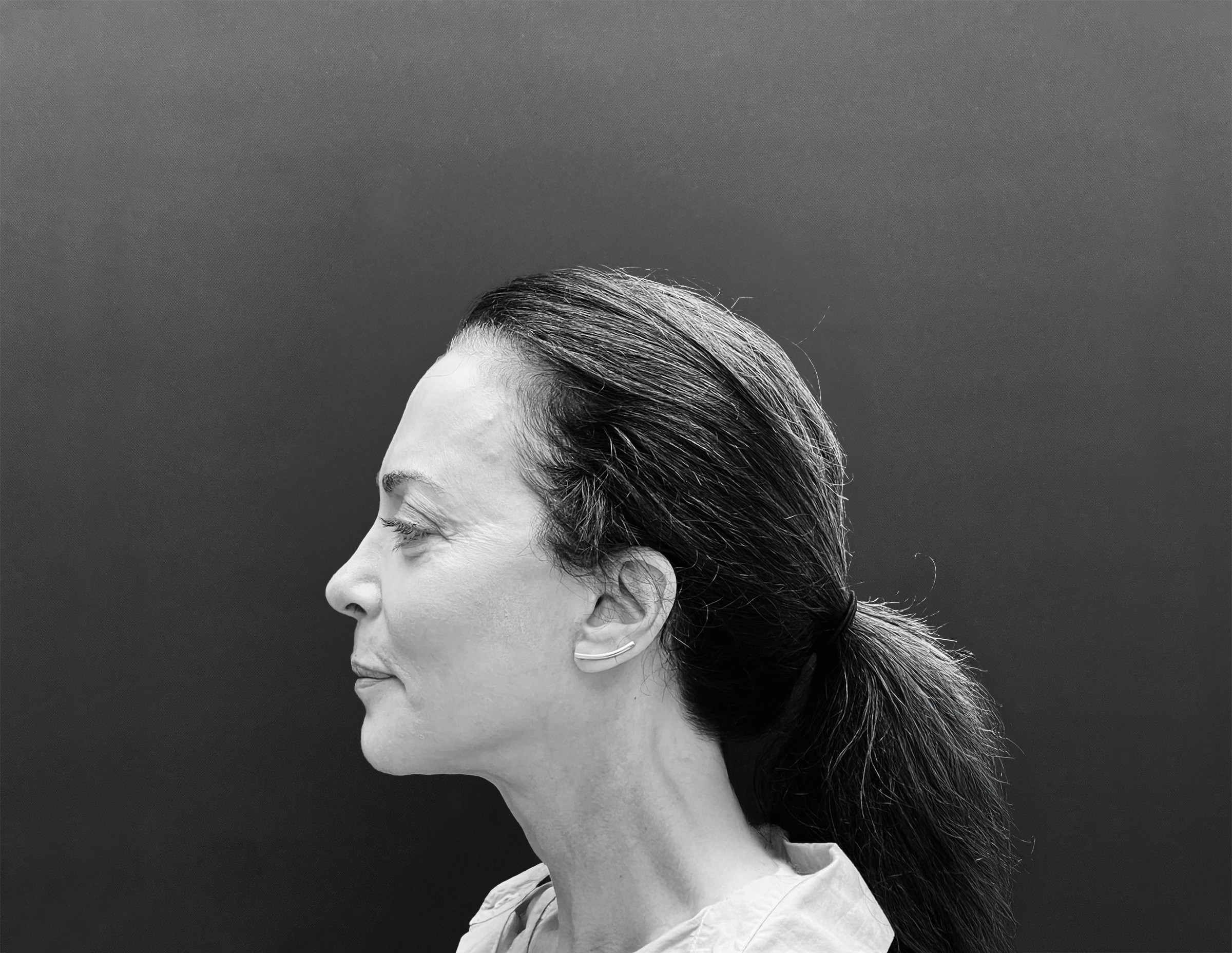
Trained to “lift”
When performing any “lift” it’s important to choose a surgeon that 1) understands aesthetic sense and 2) has the skills and training to provide that. For example, the “vectors” of a lift (the direction the skin is lifted in) have to do with a surgeon’s aesthetic sense. It is also important to choose the right combination of procedures, which have to do with both aesthetic sense and training. A surgeon trained on both the hard and soft tissues of the face can give attention to where the actual deficiencies lie and provide the treatment the patient really needs. Having training and experience with complex procedures such as facial reconstruction makes a surgeon more comfortable and adept at navigating facial anatomy and managing soft tissues. A thorough understanding of facial balance and structure translates to an extra layer of preparation that improves results and recovery.
